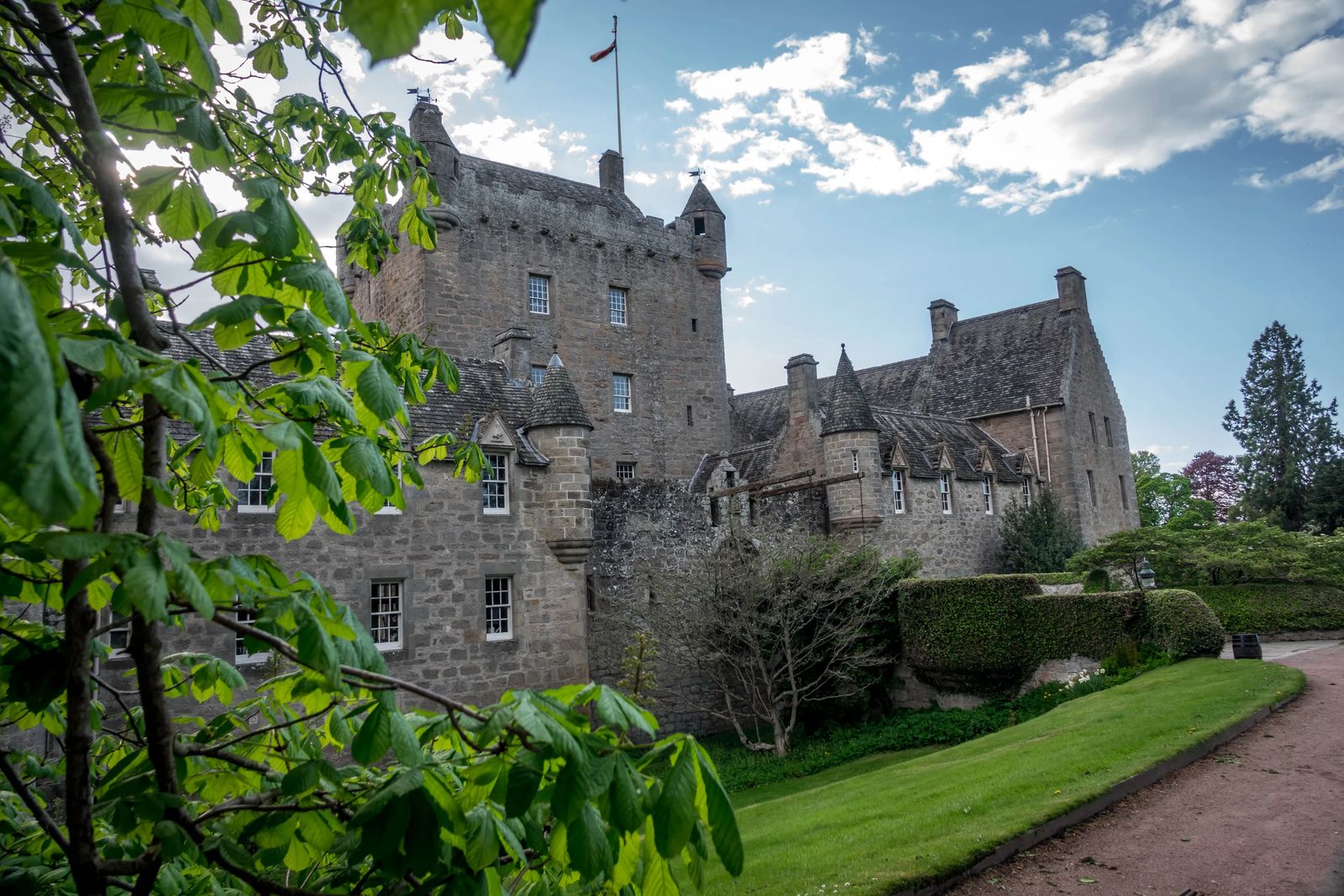
Is Visiting Cawdor Castle in Scotland worth it?
In Nairnshire Scotland stands a charming 14th century keep, Cawdor Castle. This castle not only has rumored ties to Macbeth but a history of thorn trees, a donkey choosing the building site, and kidnappings.
My ancestry is from Scotland, McFarlane's, an old clan here so naturally exploring the Scottish Highlands thoroughly. I have spent a over a month in Scotland and most of that time was in a rental car getting lost in the Scottish Highlands visiting some of the more off the beaten path places in the Scottish Highlands.
Cawdor Castle is well known in and of itself for its rumored ties to Shakespeare's Macbeth. While the owners here don't claim that ownership and like to educate guests that it is in fact just a rumor - don't let that deter you from visiting. Cawdor Castle has a lot to offer in other stories, fables, medieval gardens, gorgeous interiors, a boutique store housed in the former horse stables and golf courses. In my opinion, Cawdor Castle is well worth the visit, but let me tell you a little about WHY and then you can make your own decision as I realize travel is quite subjective. If you love history, lore and the Scottish Highlands I promise you won't be disappointed.
Early History Of Cawdor Castle
The earliest notations of fortifications in this same area were with William the Lion in 1179. He was assigned to command the ford over the river Nairn near the sea.
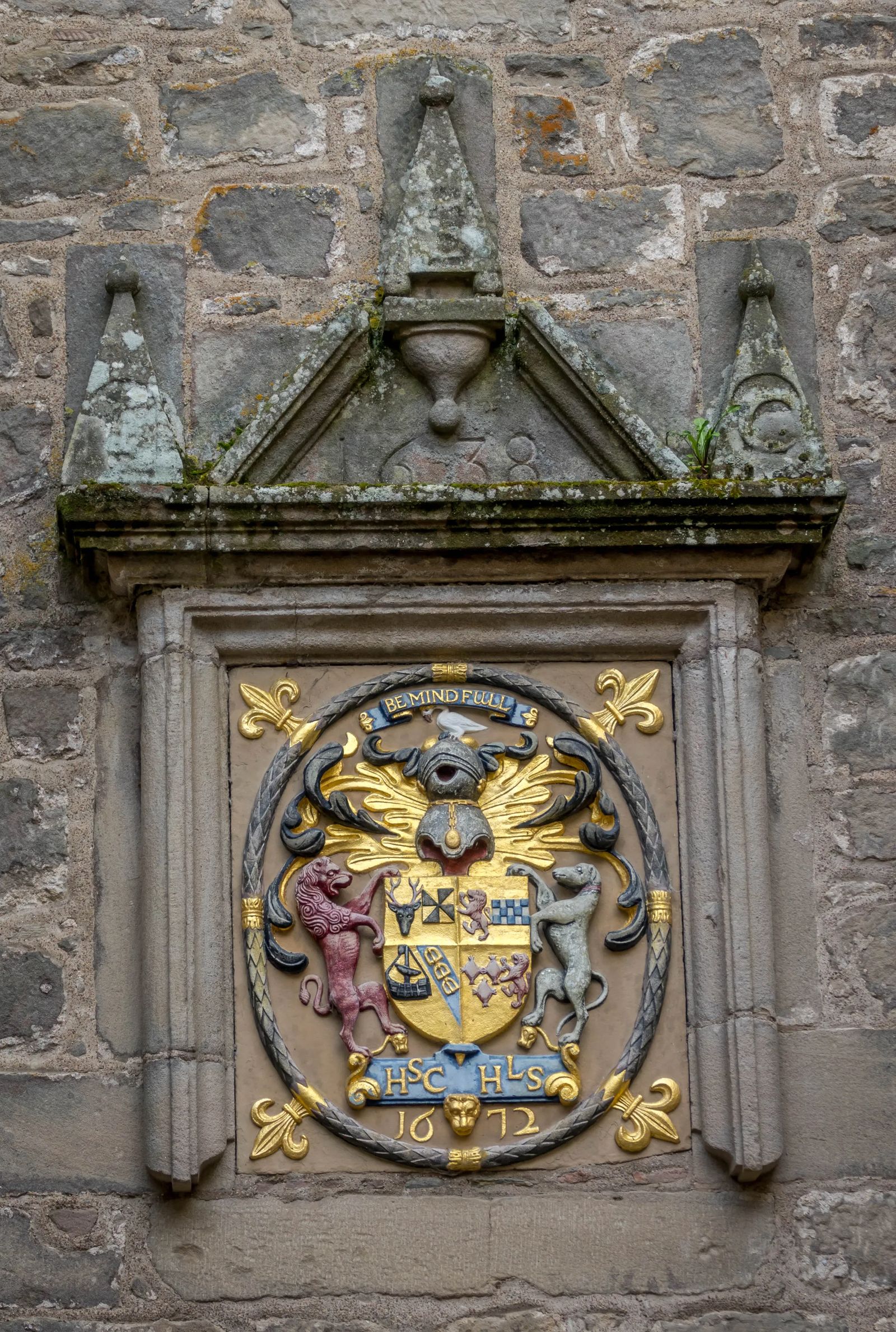
Traveler tip: Make sure to stop by Nairn Beach, a very popular place to relax and have a picnic whilst on your road trip in the area.
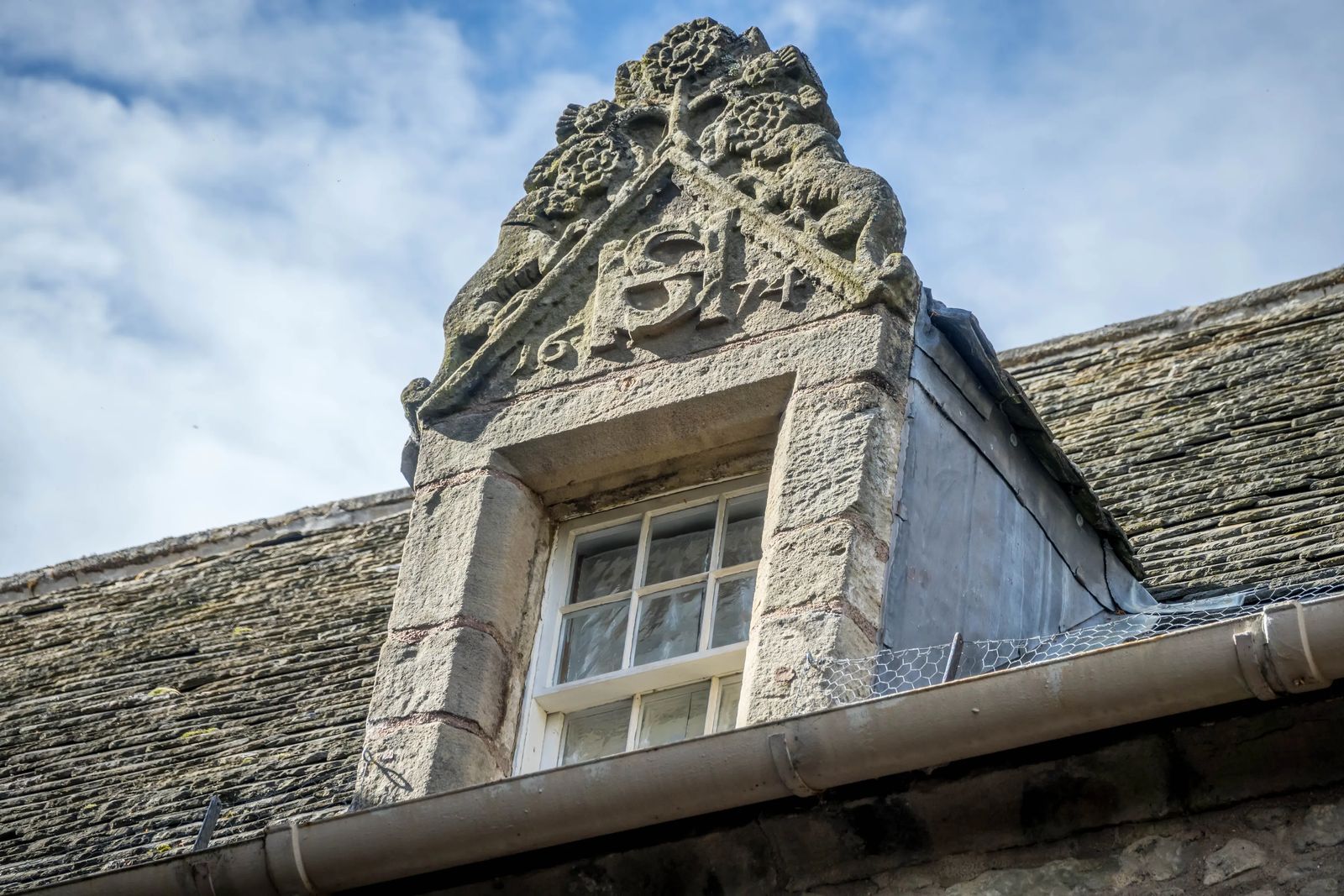
After a dreadful fire, and many years uninhabited, the license to fortify was granted to William Calder, Thane of Cawdor. The oldest stonework has been dated by historians to be from 1380, with the license to fortify being granted in documentation in 1454. History in the Scottish Highlands is sparse due to wars and clearings of Gaelic tenants.
Legend of the Donkey At Cawdor Castle
It is said, that the early Thane of Calder decided that animals know best, and so bestowed upon his donkey the rights to claim the land which he would build his castle. The Thane of Calder loaded up his donkey with the gold (thought to bring good fortune to the site) and off they went.

The donkey, after miles and miles of walking finally chose to lay down under a Holly Tree (Thorn Tree) with radiocarbon date sampling from the core dating back to 1372. This Holly Tree has become the focal point for the castle, although after building a castle around the tree it eventually died, you can still see the tree in the vault of Cawdor castle.

Something you should realize about Scottish history is that there are many places throughout the Highlands that are believed to have a sense of magic. There is the Fairy Glen, the Devil's Pulpit and even some hidden valleys where they believed Ghosts lived and roamed. (Stay tuned for posts on these areas) The Scottish Highlands were full of both religion combined with magic and superstitions. So the fact that the Thane of Calder used a donkey to find this place, and believed loading it with Gold would bring the castle good luck....something obviously went right, otherwise like so many other castles in the Highlands, this one would be left in ruins. So I will let you choose if you believe in superstitions and magic.
The Interior Of Cawdor Castle
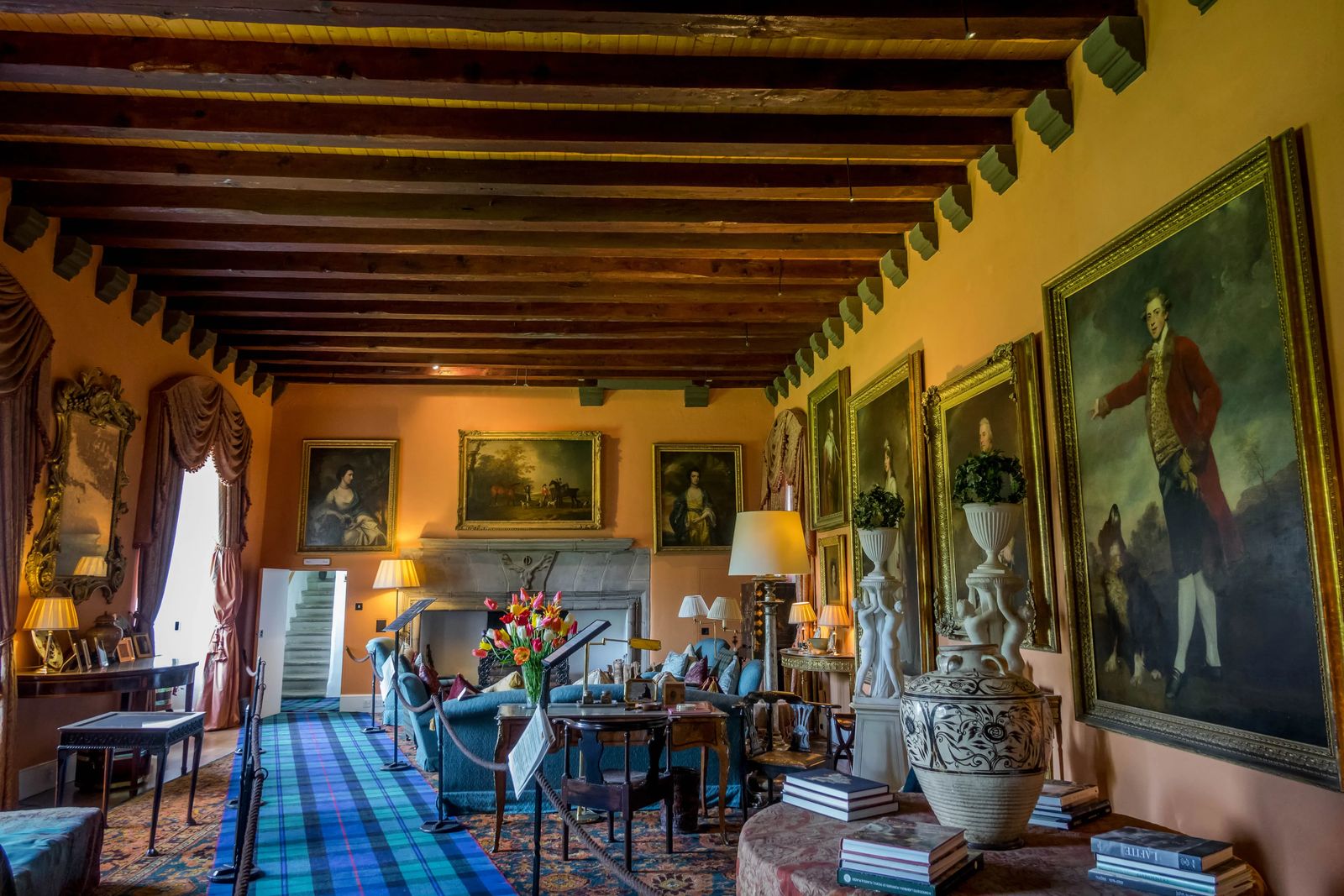
This is not just an ancient castle with loads of history, it is also home to the current Countess of Cawdor. She resides here mostly in the wintertime when there are not as many tourists here to see the castle. Everything is set up exactly as you would see if when she is living here.
Here you see the grand entrance to Cawdor castle, complete with a grand piano and a fireplace that has the family symbol of the Stag's head with a buckle. Statues and topiary's, with fresh flowers, adorn the room to give it life. Notice the wooden pillars that are supported by the stones. This is classic of the 16th-century architectural style.

As you walk through the rooms, make sure to look around you, at the little embellishments just like the ones you would find in your own homes.
The Tapestry Bedroom
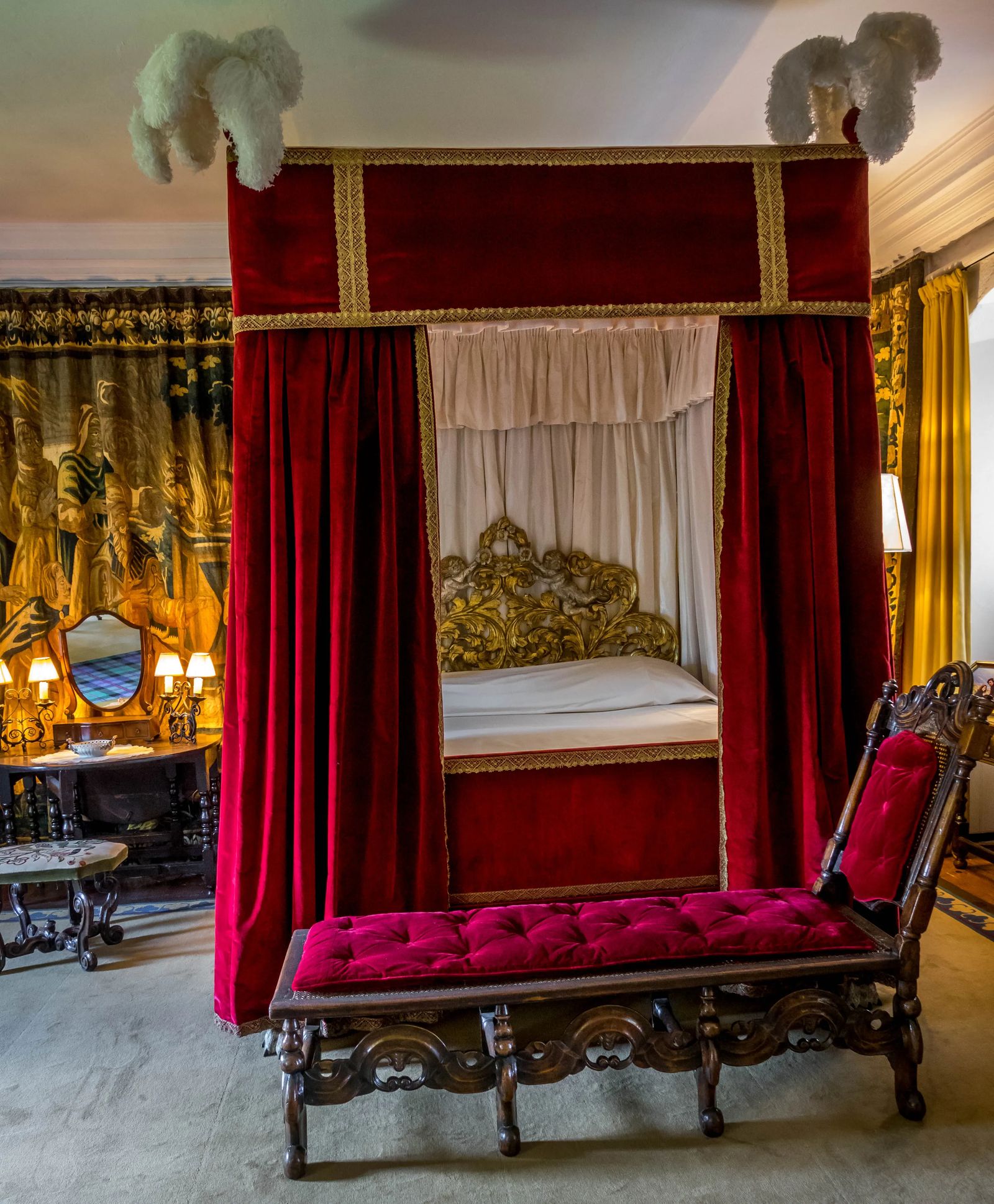
Here you are greeted by tapestry's depicting Don Quixote. These Flemish tapestries are quite rare, called Arras Tapestries. A tapestry woven in wool and silk and used to cover the plastered walls to keep in the warmth during the harsh Scottish winters.
A velvet lined bed dominates the room, topped with feathers that look as if they came directly from Angels wings. This is truly where I felt like I was walking into a medieval castle.

This extraordinary bed was the marriage bed for Sir Hugh Campbell and Lady Henrietta Stuart in 1662. Be sure to make a note of the headboard, an original Venitian guilded headboard. The combination of it all makes this bed quite an extraordinary piece of art in and of itself.
The Dining Room

Your imagination takes hold as you enter the dining room. Greeted by a table laid out in the same way that you would see it when the Countess would be dining there. Silver plates edged with the Cawdor coat of arms, with (comically) an 18th-century Portuguese shaving bowl as the centerpiece.
As you walk past the dining table, you will see an exquisite fireplace, said to commemorate the marriage between Sir John Campbell of Argyll and Muriel Calder of Cawdor.

You can see the Calder Clan's symbols on the righthand within the shield, and on the left is the Campbell clan symbols. This fireplace was made as a single piece, the Laird and 24 other men tried to bring it across and into the castle via the drawbridge. Alas, the fireplace was so heavy, along with 24 men - the drawbridge collapsed under the weight. The fireplace split in half killed one man and broke another man's leg.
The Sitting Room
I wandered through the sitting room with photos of grandchildren, several large marble balls, a bronze age vase with a Photo of John Campbell next to it.

Go down the hallway and you will be able to go down the winding stairs to several other rooms: the peach room, a room where the countess guests stay, stairs with the Cawdor tartan and an array of priceless guns.
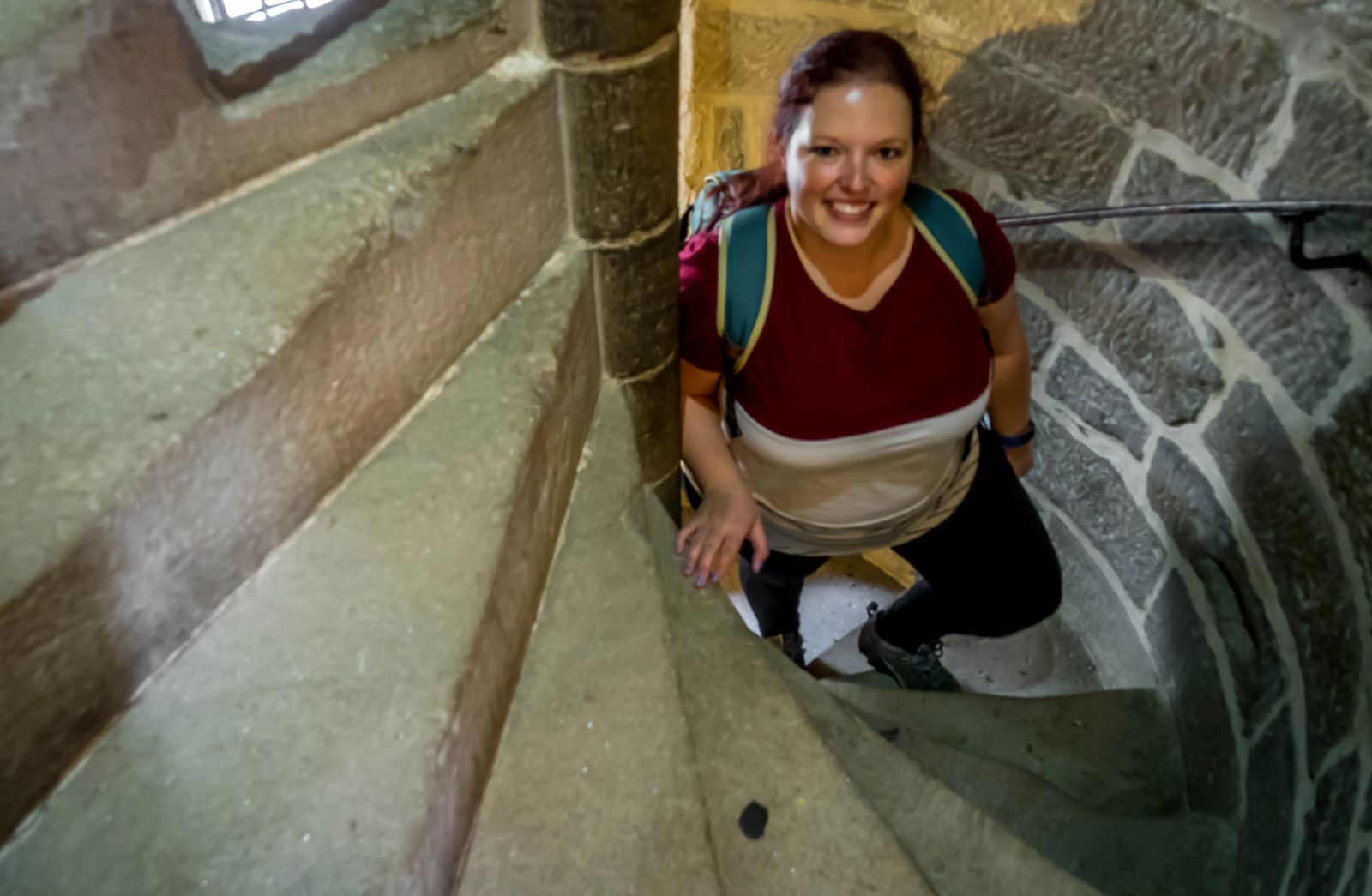
Cawdor Kitchens

As you make your way to the basement you descend down some stone stairs, on the right-hand side of the windows in the corner you will see the signature of a Campbell from the 16th Century. Diamond pens were all the rage at the time, and this chap was a huge fan. Can you make out the name and the year he signed it
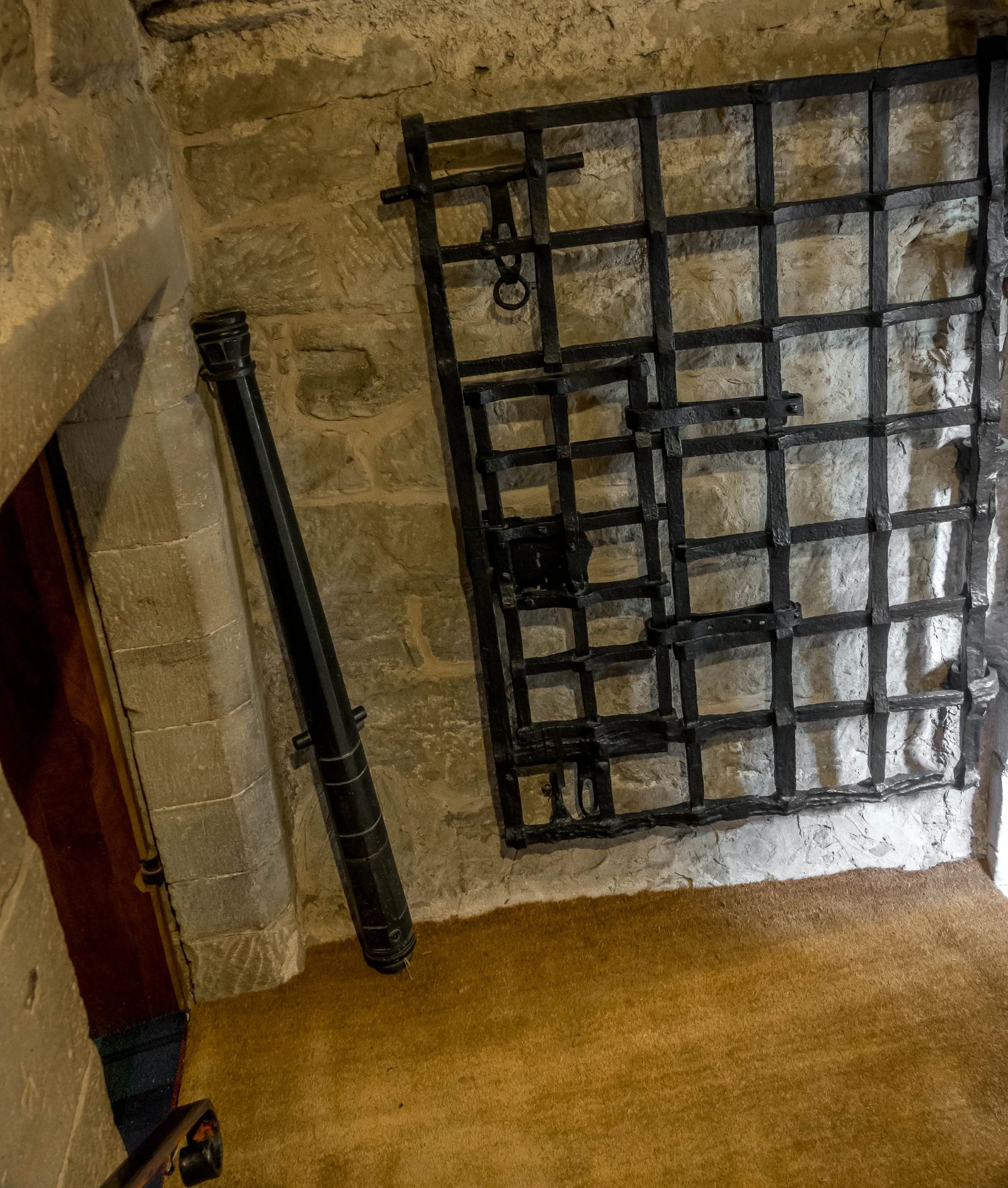
After you finish staring into the windows, and everyone who passes you thinks your a lunatic. You will come to the basement vault with the thorn tree (discussed above). Just outside the vault, you see an original cannon and the original gate of the keep.
In the Kitchens of Cawdor Castle

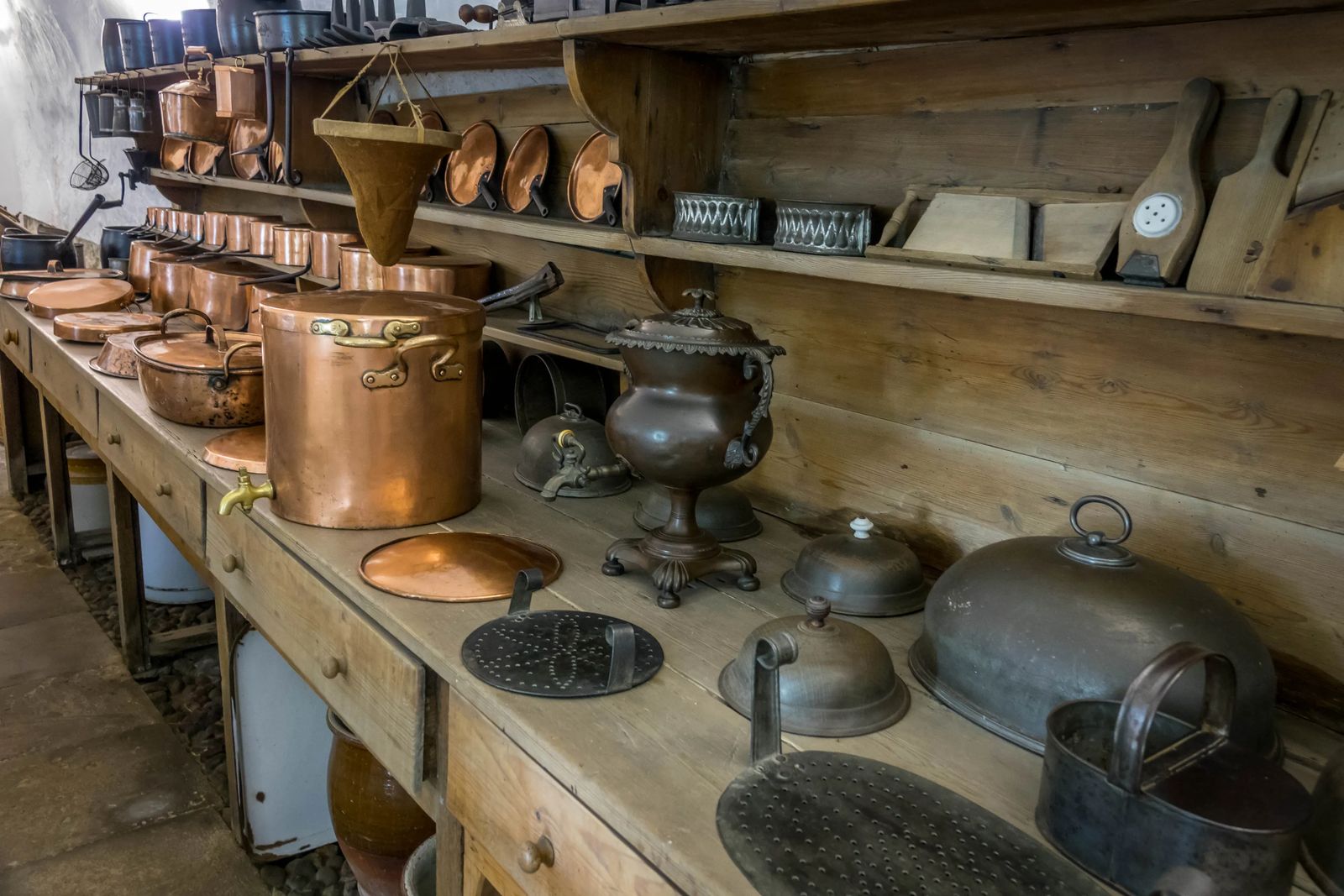
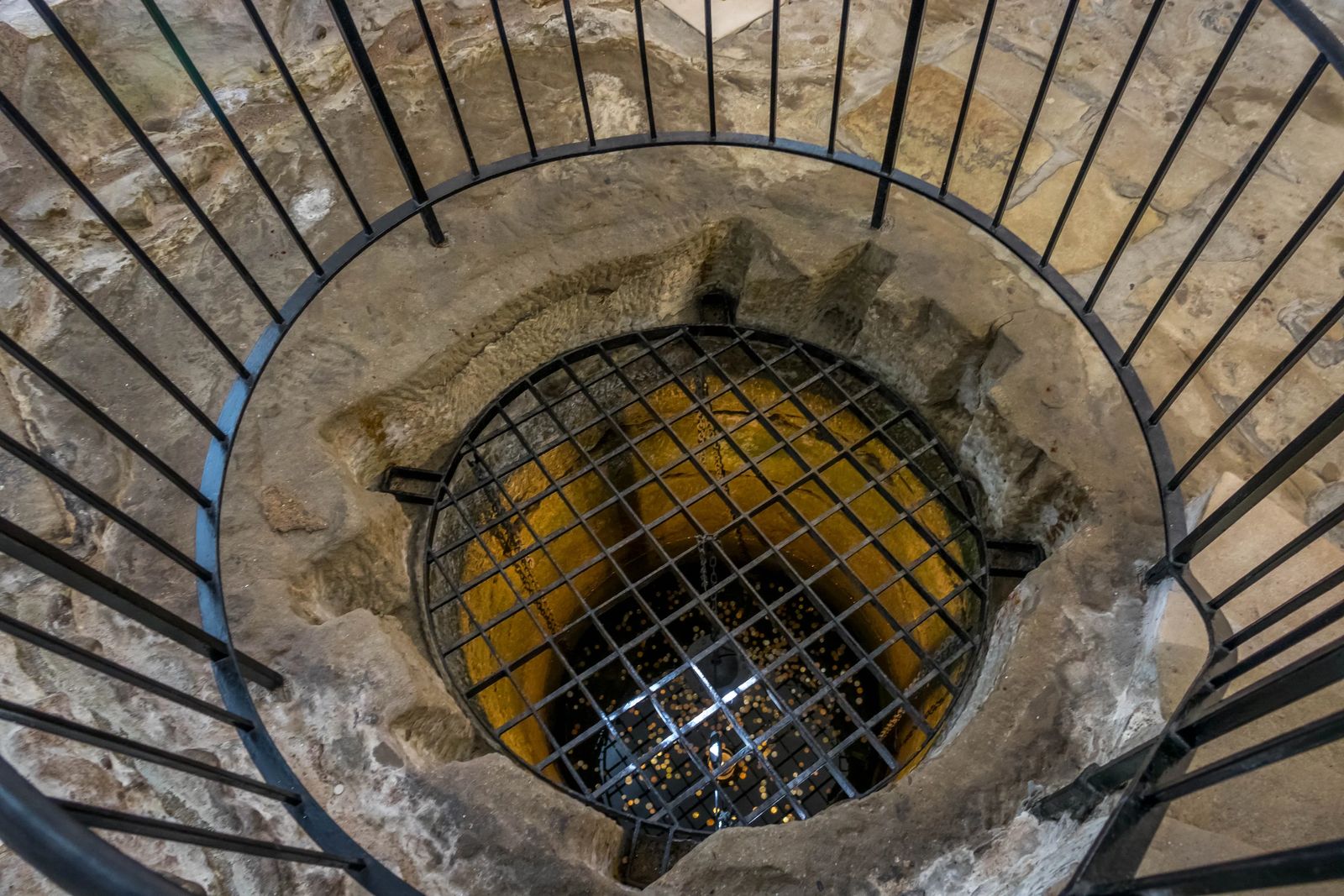
There are two kitchens, a modern kitchen and the original kitchen complete with a well, a cooling cupboard (seen at the end of the long counter). Copper pots, measuring devices and more.
The Medieval Gardens of Cawdor castle
John Campbell of Muckairn, 3rd of Cawdor added a beautiful medieval garden in 1635 which I would highly recommend wandering through. You will be greeted by a beautiful array of color, flowers, and unique sculptures that complement the elegance of the castle perfectly.
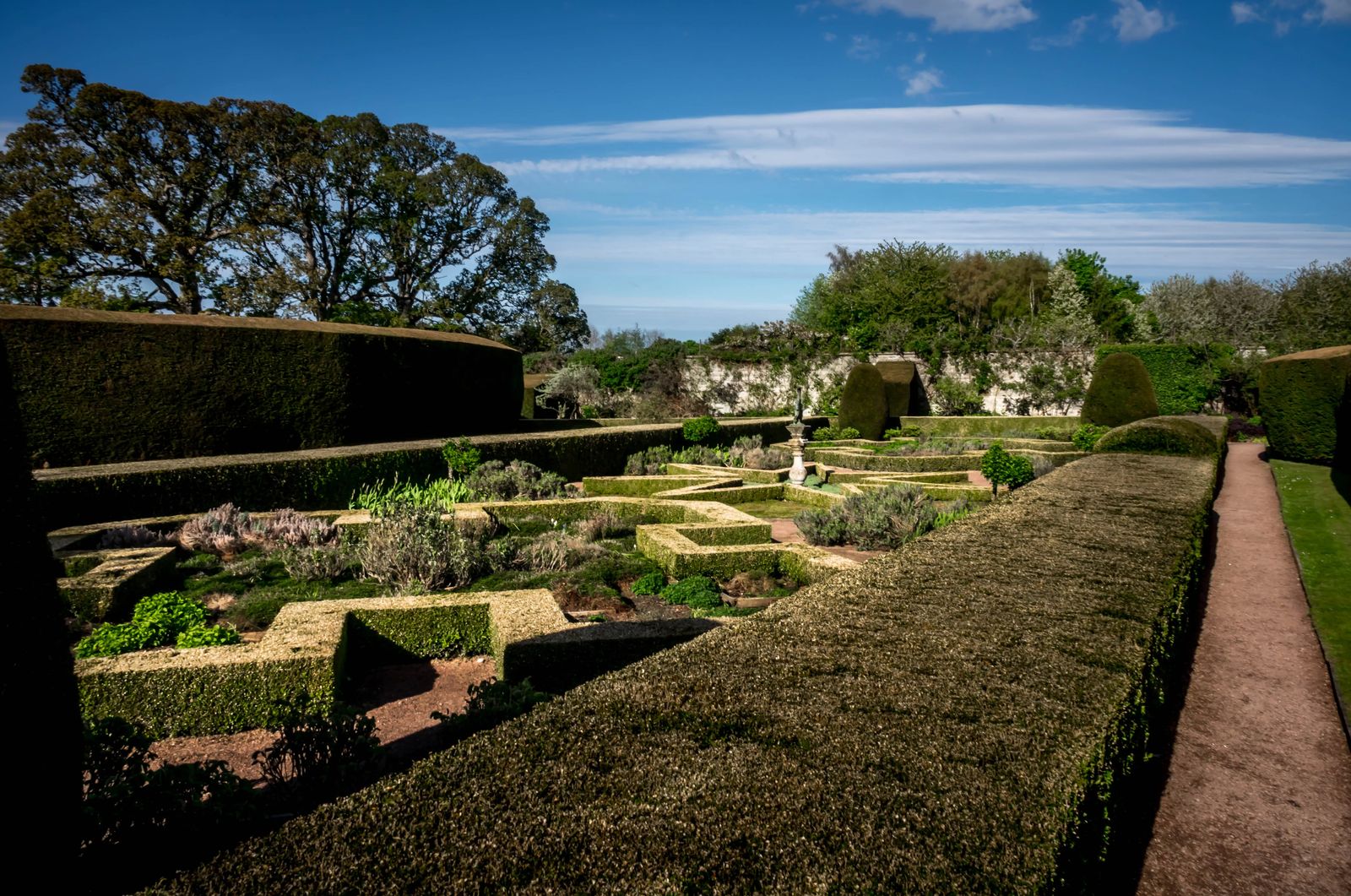
For more photos of the gardens, be sure to check out the Culture Trekking YouTube Channel. You won't want to miss this.....trust me, these gardens are considered some of the most important medieval gardens in Scotland.
Make sure to wear your best dress, because the Instagrammability of this place is around every corner, nook, and cranny. Be sure to find the walled flower garden, originally planted in the 17th century.

Traveler Tip: When you come out of the castle, across the drawbridge. If you wander to the left you will see the medieval gardens. If you wander to the right, you will see an adorable garden gate entrance to the walled flower garden.
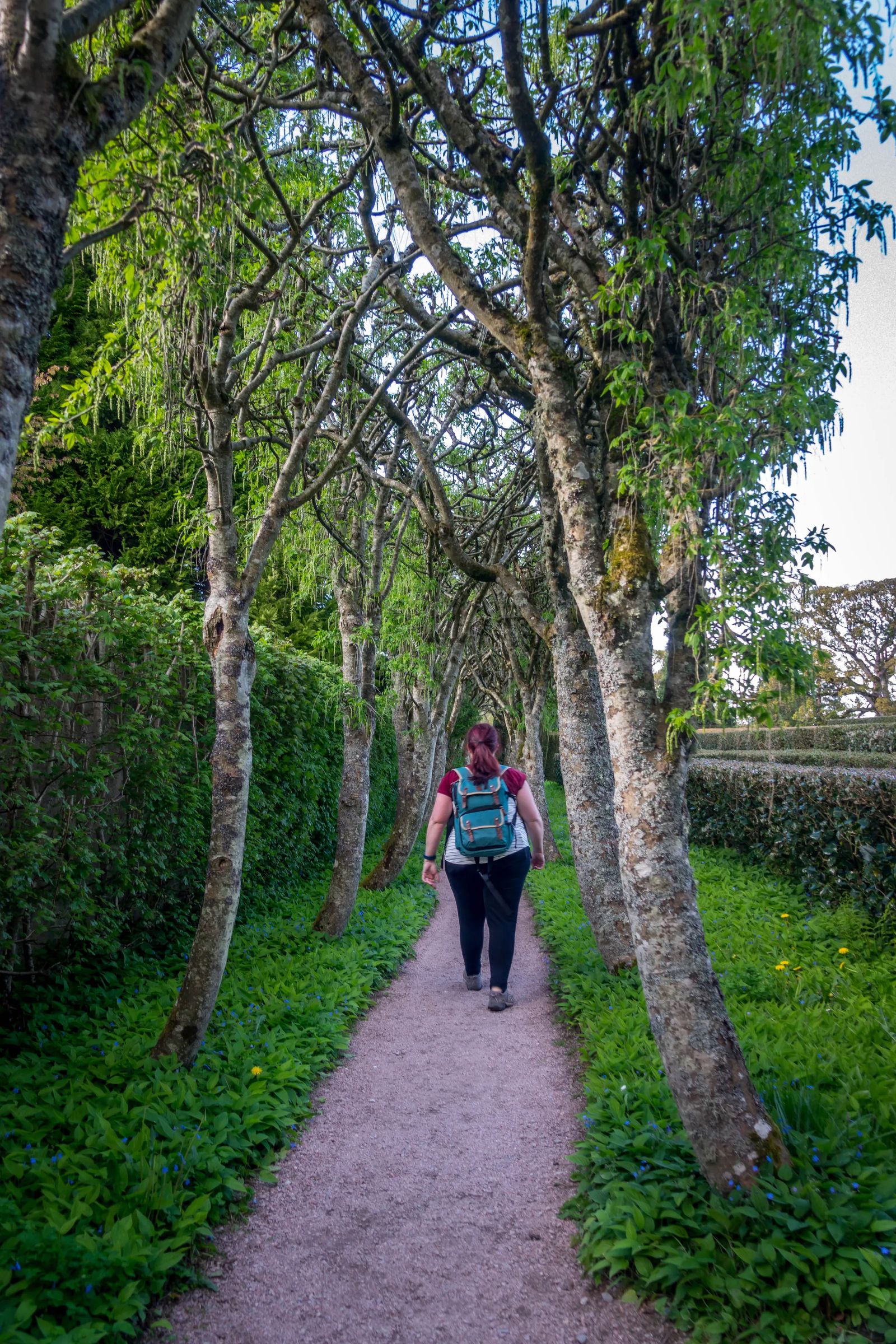
No matter where on these grounds you decide to visit, Cawdor castle Gardens are sure to delight, enthrall and provide you with a plentiful amount of memories (and perhaps your next Christmas Card photo).
To Be, Or Not To Be...Connected to Shakespeare
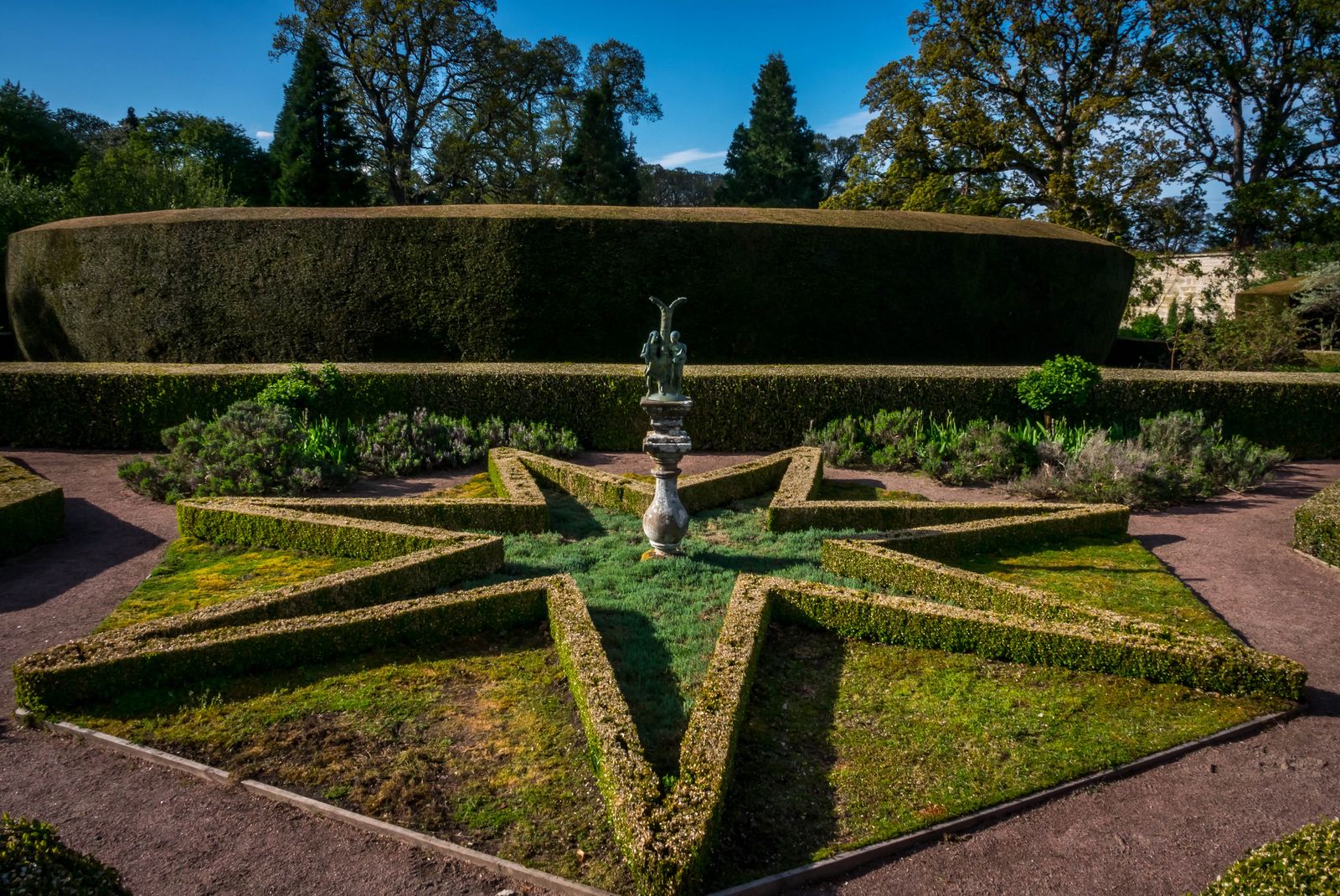
It is rumored that the Shakespearian play Macbeth is connected inherently to Cawdor Castle. For those who need to brush up on your literary stories: The story of Macbeth has three witches who foretell that Macbeth, (then Thane of Glamis), would become the Thane of Cawdor, and then a King!
The King at the time, King Duncan I, immediately made Macbeth Thane of Cawdor. Macbeth was so convinced by this coincidence of prophecy, that he, and his wife plotted to kill King Duncan in order for Macbeth to fulfill the rest of the witched prophecy and become King. The King comes to visit Macbeth in Inverness and is murdered while there, in his sleep.
You can easily imagine the King staying in this velvet lined bed, and being murdered there. Alas, this tale is not actually connected to Cawdor Castle in this historical facts.
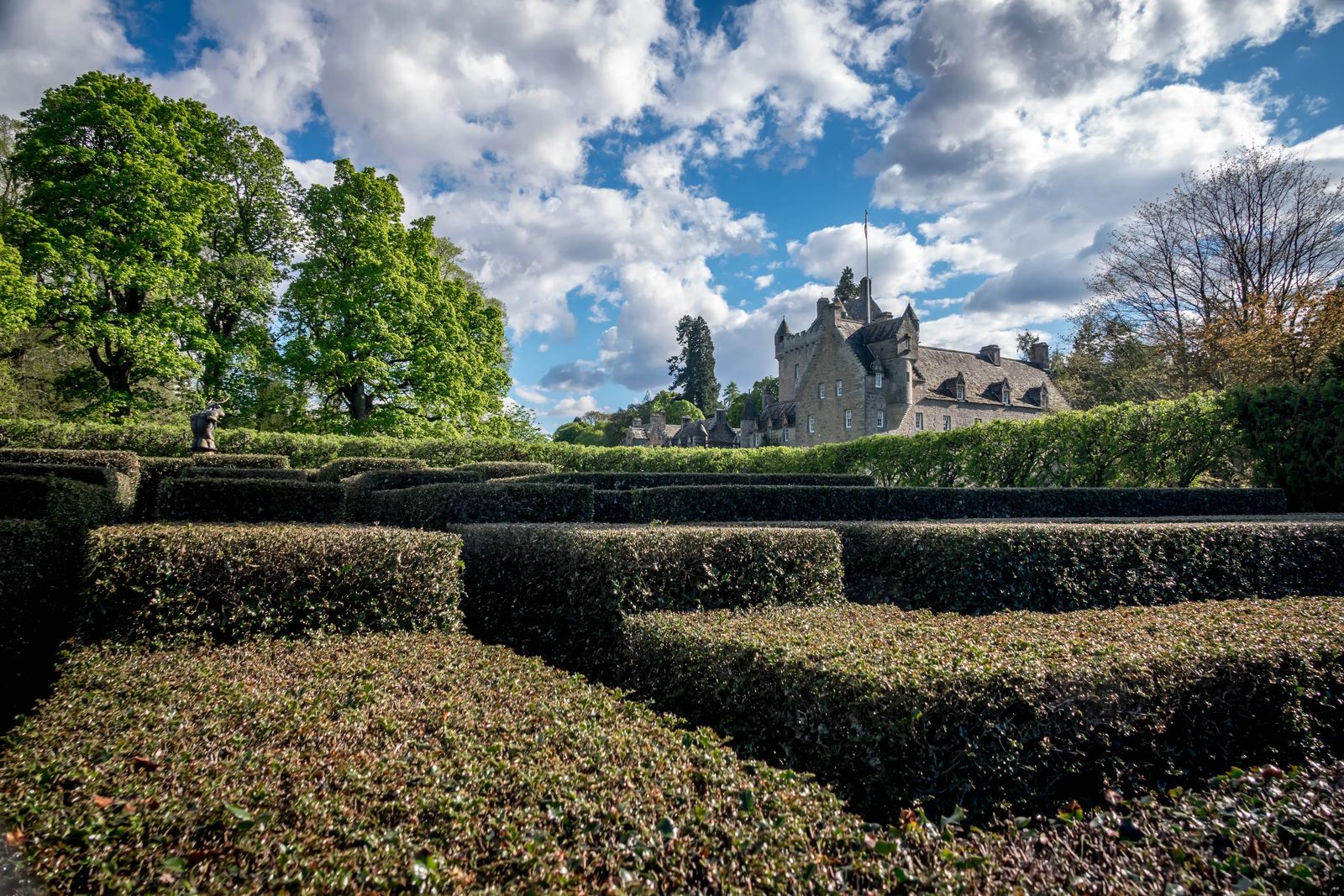
King Macbeth ruled Scotland from 1040-1057 after killing King Duncan I in battle near Elgin. Macbeth was never actually Thane of Cawdor, and Cawdor castle didn't exist during that time. Shakespeare wrote this gruesome tale in the early 16th century, causing quite the kerfuffle with the 5th Earl of Cawdor who has been quoted saying, "I wish the Bard had never written this damned play!"
The Kidnapping
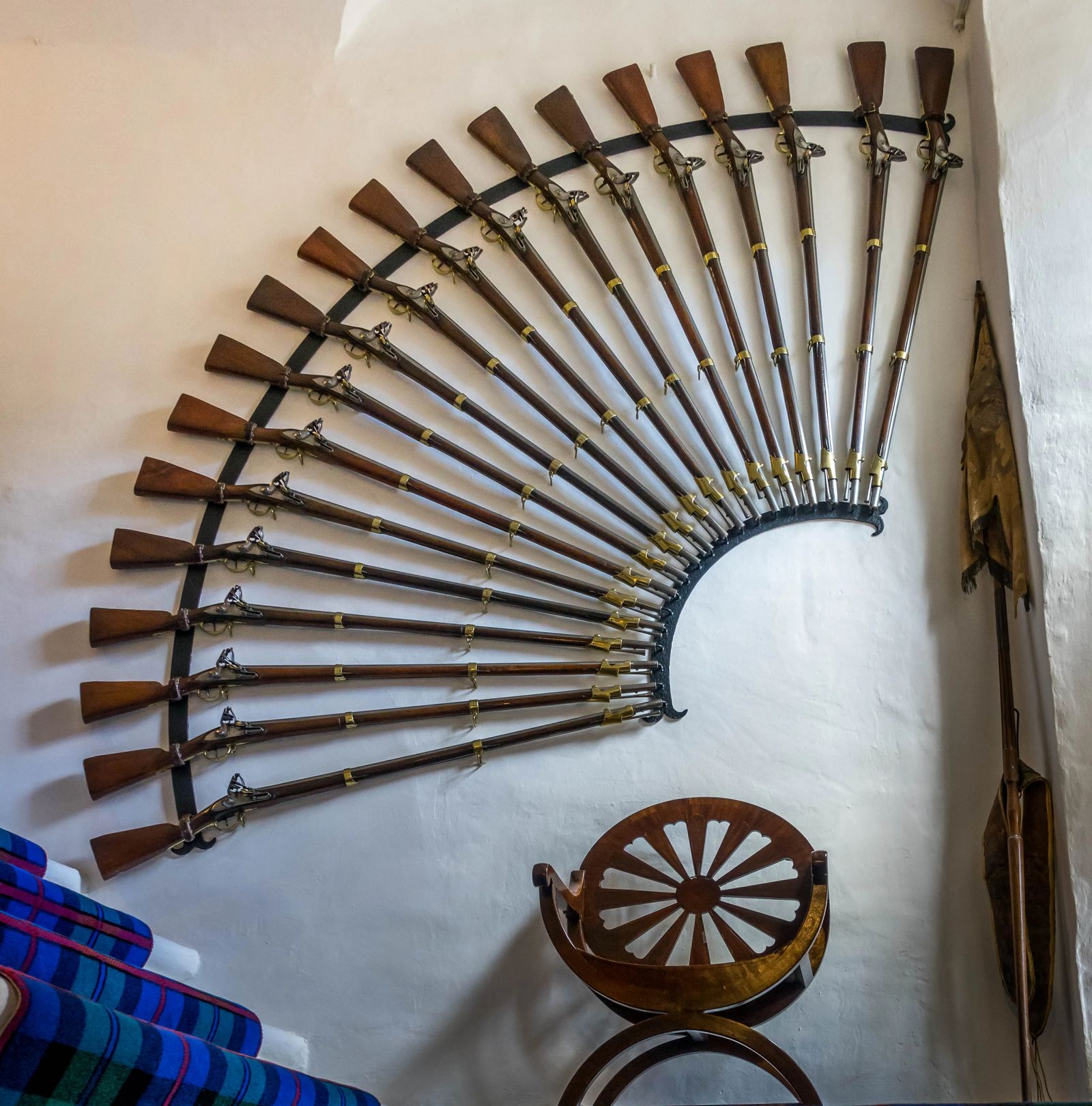
The Calder (Cawdor) Clan in the 15th-16th centuries was a very powerful family. Ensuring that their heirs also marry into powerful families. They were not the only ones with this game of power in mind. The nearby Clan Campbell was assigned (along with Rose of Kilravock) to be the guardian of then infant Muriel Calder....who was also the heir to the Calder family Castle and fortune.
A plan was devised by the Campbell Clan to bring the child to Inverary, and raise her under the Campbell roof. Her uncles opposed this plan vehemently, and this is when the chase began

Things were quickly put onto carriages and horses, the child was miles away, it was a matter of hours before her fate would be decided. The Campbell's were on the hunt, led by Campbell of Inverliver who upon reaching the child led a gruesome battle. Six Campbell lives were lost that day, all of which were sons of Campbell of Inverliver. In the end, Muriel was safely delivered to Inverary.....but not without considerable loss of life.
Despite all of the drama that led up to her delivery to Inverary, Murial led a happy life and was brought up as a Campbell. She fell in love with Sir John Campbell, son of the Earl of Argyll.
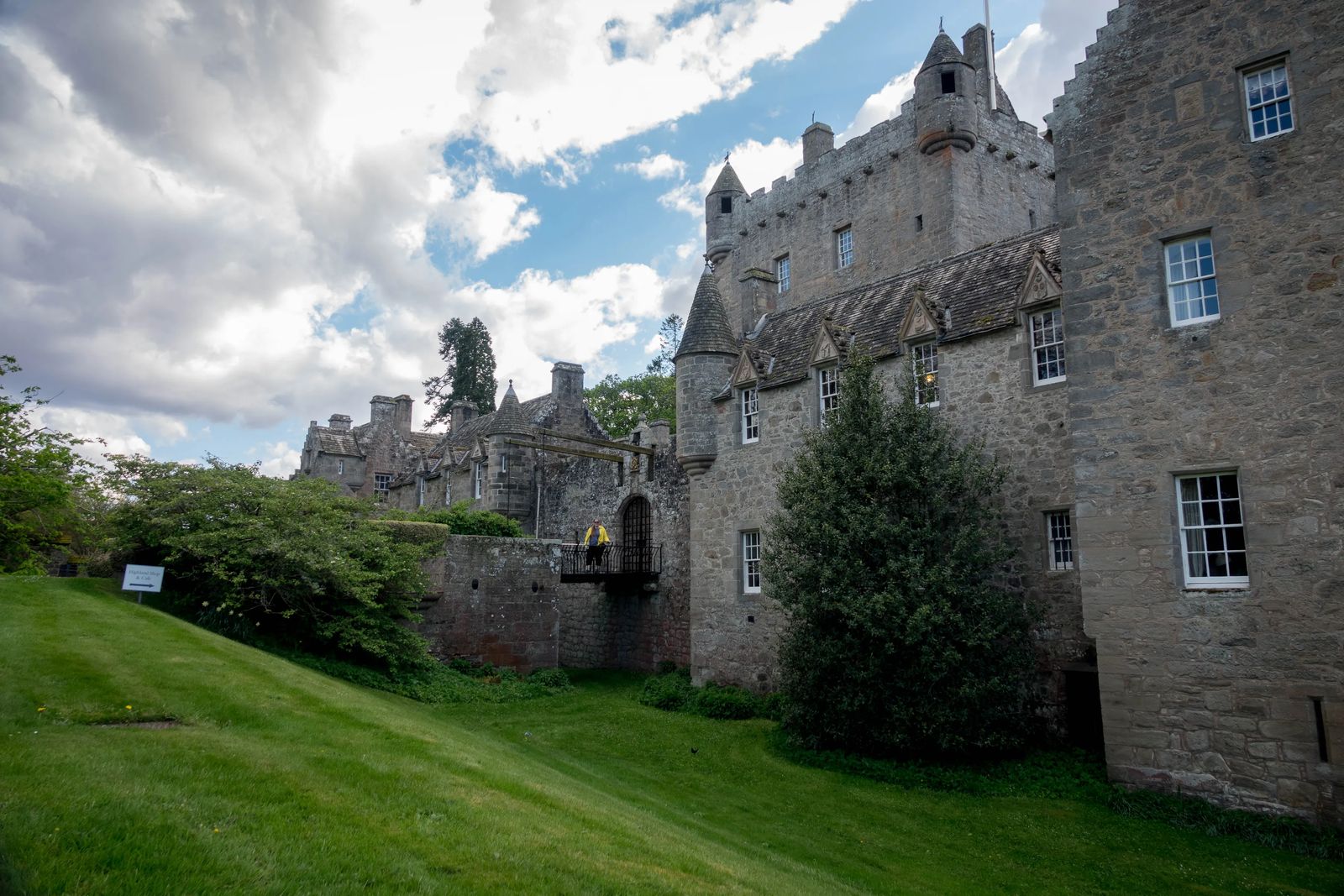
Sadly Murial died in 1575, and her descendant, John Campbell of Cawdor was raised to Lord Cawdor in 1796, after which his son was created the first Earl of Cawdor in 1827. This my friends is how you play the game of Scottish Thrones. This sealed the fate of the Calder family and is the reason there is now a 'Campbell of Cawdor' in the name of Cawdor Castle family Crests.
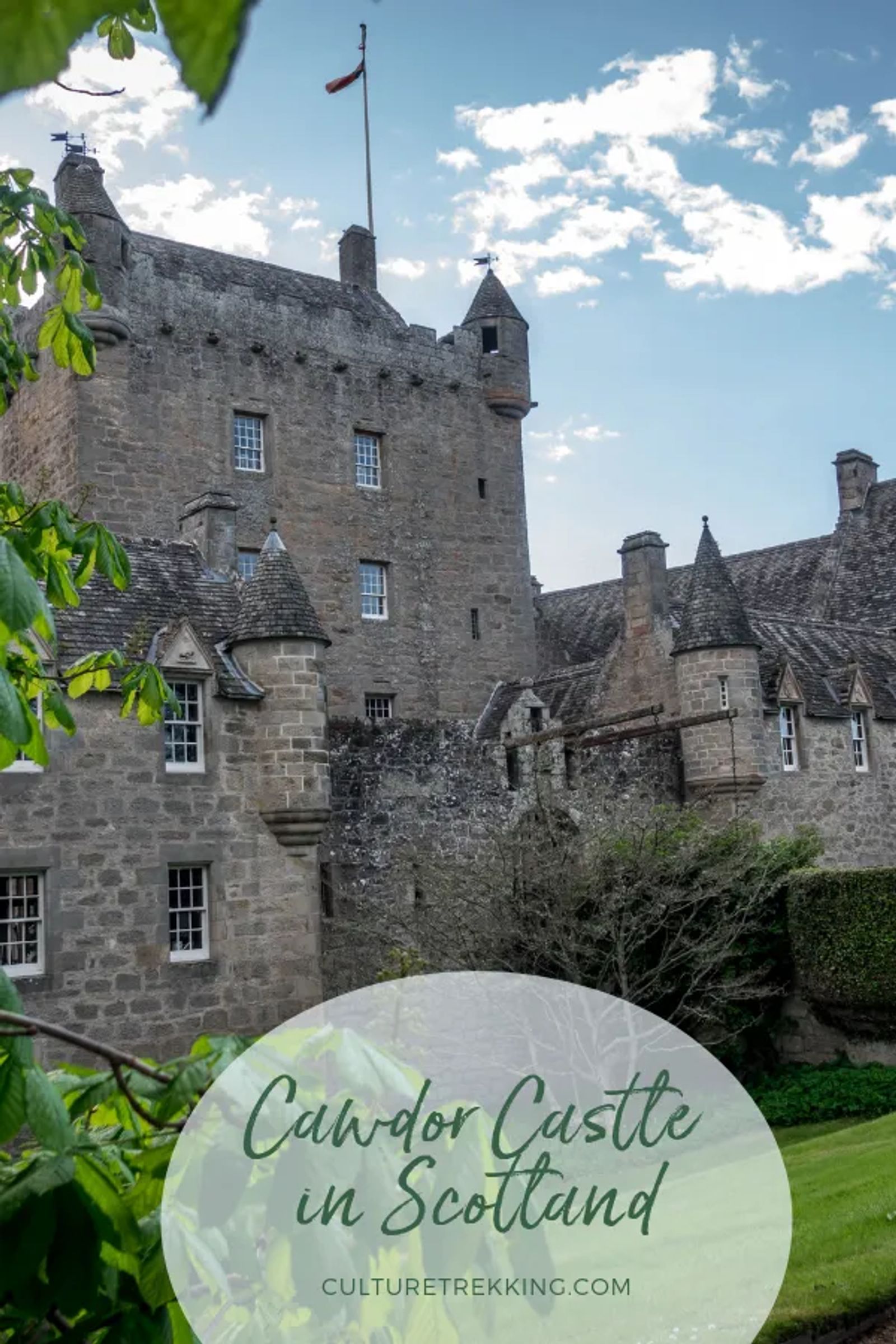
Stop by the Gift Shop
Here you will see the prior horse stable turned into a gift shop. The items within the gift shop are chosen by the Countess of Cawdor. I personally bought 2 beautiful pillowcases and a teacup when I visited the shop last time.

The castle also has a gift shop, bookshop, and wool shop, in addition to a restaurant located in the castle itself and a snack bar near the car park. Make sure you stop at the Cafe earlier in the day if you are planning on lunch there, the two times I have visited they closed up the kitchen and only had cakes available at 430pm. The Cafe does not stay open as long as the Castle does.
Golf at Cawdor Castle
Visiting Cawdor Castle is guaranteed to educate, enthrall, excite, and fill your mind with awe at this spectacularly preserved building. It is so close to Inverness and well worth a visit if you are a fan of Shakespeare, intrigue and spectacular gardens. This castle will give you an excellent introduction to both Scottish History & the Highland Clans.
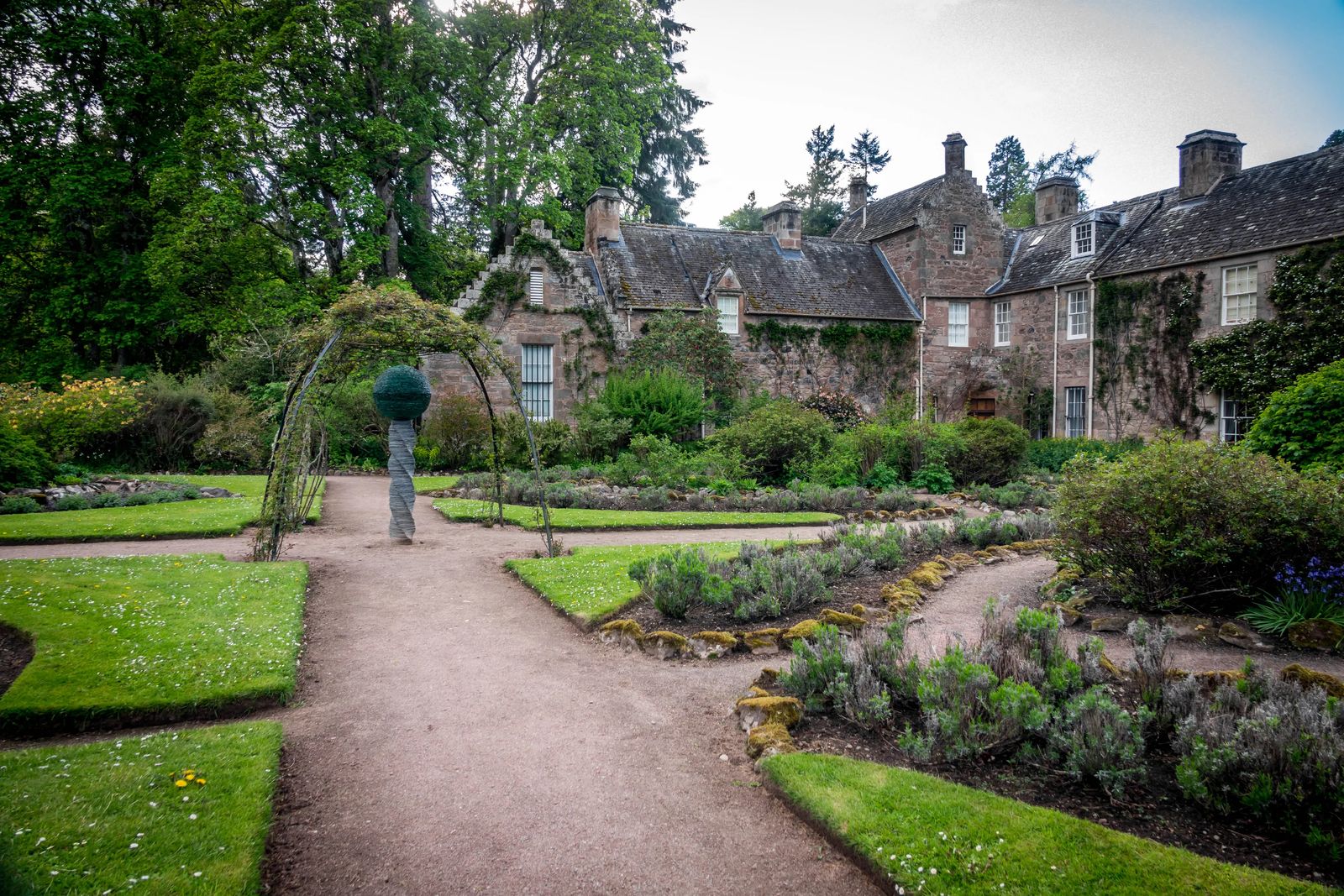
I want to also would like to say thank you to Cawdor Castle staff for hosting me and allowing me to take photographs inside. They were warm, informative, and very helpful throughout the FAM trip process. I will definitely be returning for a third visit in the future.
How to Get To Cawdor Castle
Map to get there by Car - travel time approximately 3 hours from Edinburgh, or 25 minutes from Inverness.
Map to get there by Train/Taxi - Travel time approximately 4 hrs 51 minutes with an additional 7-minute taxi drive from Nairn. You go through Inverness then to Nairn, from Nairn is where you will catch the taxi.
If you are planning to visit the Scottish Highlands, I would fly into Inverness Airport and then rent a car from there.
Where to Stay in Inverness


Welcome to Culture Trekking!
My name is Janiel, I specialize in solo female travel, cultural connections, sustainable adventures, food and history to help make your travel experiences fun, meaningful, and delicious. My experience in travel, and my personal story have allowed me to get published in Fodor's Travel, Atlas Obscura, Metro.co.uk, Trip Advisor, and multiple Podcast interviews. You can find me on pretty much every social media channel YouTube, Instagram, Twitter, Facebook, Pinterest, TikTok. To read more about me and my story click here. If you are a brand and would like to work with me, click here.










